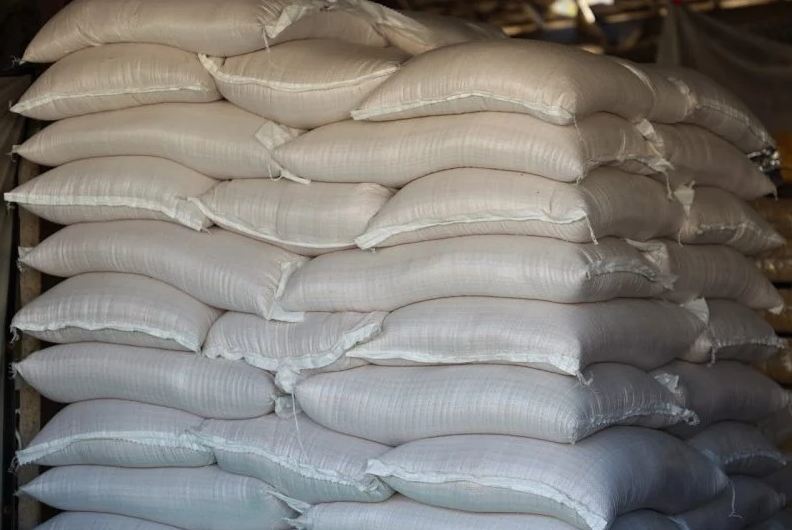Madiha Dakir
According to the Foreign Exchange Office, Morocco’s trade deficit was over 138.2 billion dirhams at the end of June 2023, down 6.8% from the same period the previous year.
Imports decreased by 1.6% to over 359.55 billion dirhams, while exports increased by 1.9% to 221.34 billion, the Office reported in a June report on foreign trade indicators, noting that the coverage rate increased by 2.2 percentage points to 61.6% from 59.4% a year earlier.
The decline in imports of commodities was primarily attributable to a decrease in purchases of semi-finished products, energy products, and raw materials, according to the Office, which added that imports of semi-finished products decreased by 13.3% to 75.12 billion dirhams at the end of June.
The import of energy products decreased by 14.8%, driven predominantly by a 22.8% decline in gas and fuel oil purchases. This decline was caused by both lower prices (down 15.5%) and decreased import quantities (down 8.6%). In addition, imports of raw materials declined by 21.5%.
In contrast, imports of finished consumer goods rose by 12.5%, predominantly due to a 29.9% increase in imports of parts and components for passenger cars and a 29% increase in imports of passenger cars.
The increase in capital goods imports was attributable in part to increased purchases of piston engines and conductors and cables. Imports of food products essentially remained unchanged.
In terms of merchandise exports, the automotive industry (+34.3%), electronics and electricity (+33.3%), and textiles and leather (+13.6%) were the primary growth drivers.











